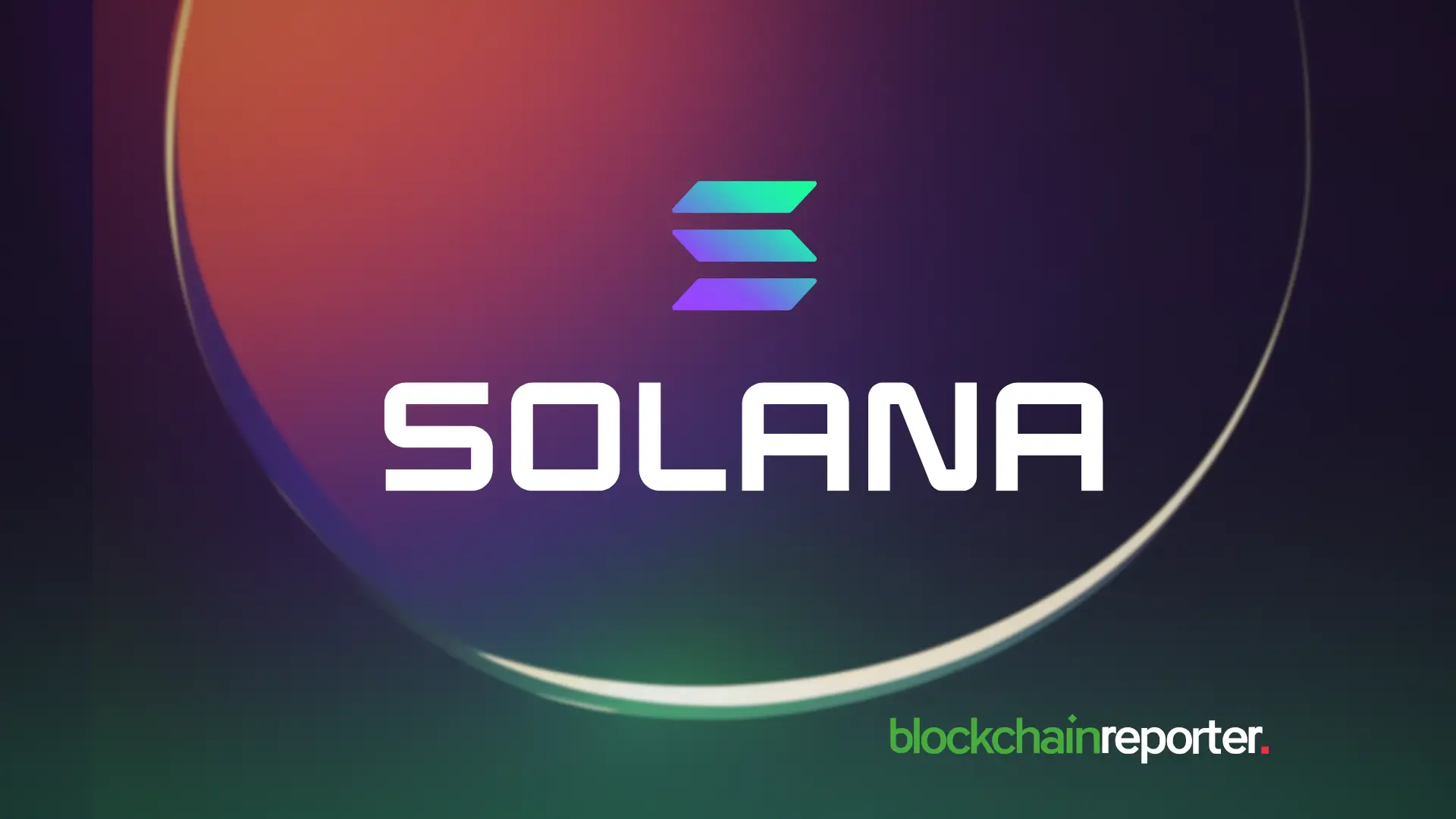Coral Protocol launches Coral V1, introducing on-chain Solana payments for devs
Coral Protocol has launched Coral V1, a new remote agent system that simplifies multi-agent software deployment. Developers building on the project now have production-ready agents that can be rented, customized, and combined with local solutions.
According to a press statement shared with Cryptopolitan on Friday, the platform introduces new capabilities to accelerate artificial intelligence (AI) development on blockchain ecosystems. Users can now access ready-to-use agents on demand while integrating them with their own systems.
Every interaction and decision made by these agents is tracked in Coral Studio through threads and telemetry, for developers to have oversight of their workflows.
Coral v1 adds remote agents on registry
Per the Coral Protocol team, agent creators can list their work in the Coral Registry, a marketplace that pays out automatically whenever their agents are used. This encourages innovation by fairly compensating contributors for the value their software provides.
The system debuts with full support for agent creation, acquisition, and customization. Transactions are settled through Coral’s secure on-chain payment network powered by Solana. AI builders can create collaborative systems where agents with different specialties work together, efficiently and competently.
Roman Georgio, Co-Founder and Chief Executive Officer of Coral Protocol, said the release came about as a result of years of work directed towards a scalable AI ecosystem.
“The launch of v1 embodies everything Coral has been working towards up until now. An AI ecosystem that can accomplish virtually anything through combining distinct agents, each with their own sphere of expertise,” the CEO told the press.
Georgio also mentioned that the company is eager to observe how developers employ remote agents in solutions, which could raise the standards for on-chain collaboration.
Multi-agent systems have been operationally troubling for AI blockchain developers because traditional frameworks treated agents like functions. This created heavy infrastructure demands and long development cycles, and deployment of any multi agent software was nearly impossible.
Another challenge was interoperability, as most frameworks operated in isolation and lacked standardized rules for communication. Agents struggled to coordinate networks, and there was no reliable system to compensate creators, who felt innovation was a big price to pay.
Much different to LangChain, Coral’s system allows developers to configure detailed interaction rules for their agents. Most frameworks require agents to function like callable algorithms, but remote agents permit systems to be built around teams and processes, closer to real-world business structures.
New feature follows big benchmark performance
As reported by Cryptopolitan in early August, Coral Protocol saw success after it outperformed Microsoft’s Magnetic UI by 34% on the GAIA benchmark, a rigorous test designed to evaluate AI agents in complex, real-world scenarios.
The GAIA test suite features 450 advanced questions, assessing human-like problem-solving, research, and analytical reasoning. Coral’s results placed it ahead of established large language model (LLM) developers.
Caelum Forder, Coral’s Chief Technology Officer, said the benchmark results were proof that the so-called “Internet of Agents” is a reality. He encouraged agent developers to “Coralize” their systems to improve scalability, asking application developers to use the protocol to reduce costs and boost its effectiveness.
Coral Protocol has undergone significant changes in 2025, beginning with its rebrand from Ai23T earlier this year. The project also launched its own token on Solana in late April.
As of the time of this publication, the CORAL token trades at $0.002069, more than 500% above its debut price but 40% below its all-time high of $0.003474, reached roughly four months ago.
The project’s development roadmap for the remainder of 2025 features the launch of Session Contracts, on-chain agent task coordination, and Local Server and Agent Mesh tooling for deployment.
If you're reading this, you’re already ahead. Stay there with our newsletter.
You May Also Like

Experts Hint at Downtrends in the SOL and ETH Price; Meanwhile, Digitap, the Future of PayFi, Targets 5,000% Gain

$1,250 in This Crypto Could Make You a Millionaire by 2026, Recreating XRP and Ethereum’s Success
